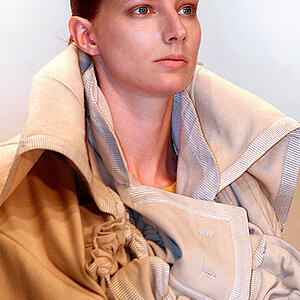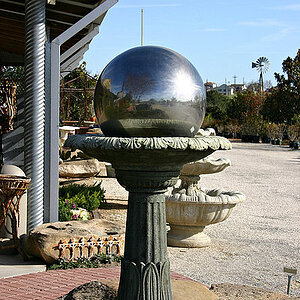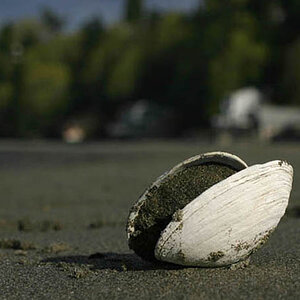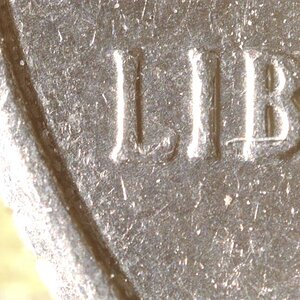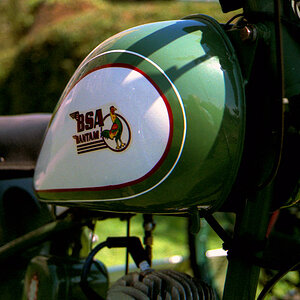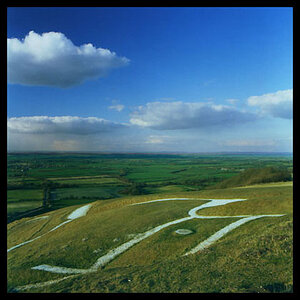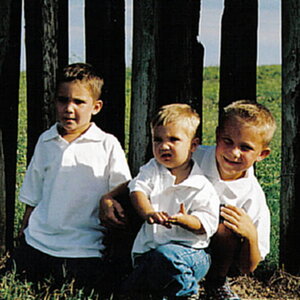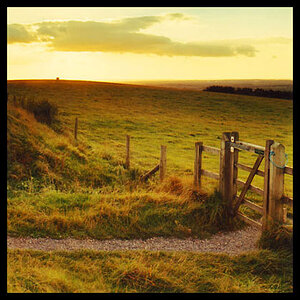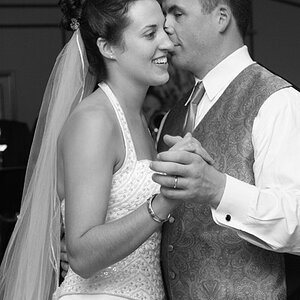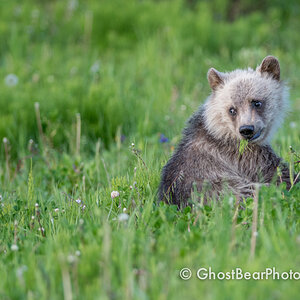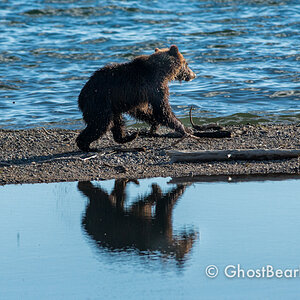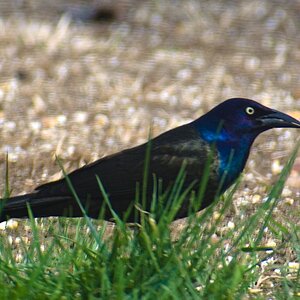JBPhotog
No longer a newbie, moving up!
- Joined
- Mar 26, 2018
- Messages
- 841
- Reaction score
- 337
- Location
- Canada
- Can others edit my Photos
- Photos NOT OK to edit
Effects filters, rarely in my commercial work.
Clear "protective" filters, yes and no. I think of them like seat belts, if all I want to do is back my car out of the garage onto the driveway I don't buckle up, like in the studio no filter. But when shooting in environmental conditions that could cause an issue I use them, just like buckling up around other ahem, "drivers".
Clear "protective" filters, yes and no. I think of them like seat belts, if all I want to do is back my car out of the garage onto the driveway I don't buckle up, like in the studio no filter. But when shooting in environmental conditions that could cause an issue I use them, just like buckling up around other ahem, "drivers".


